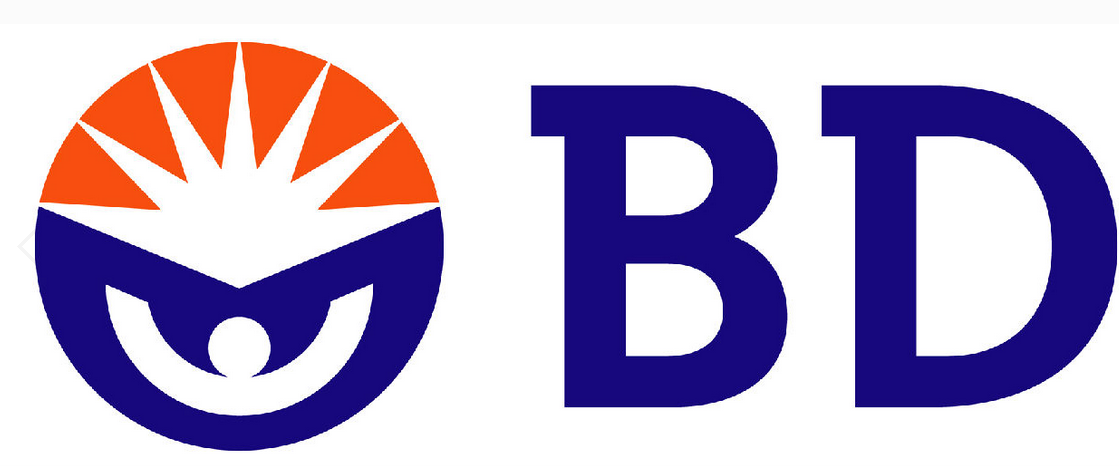梅奧為BD醫(yī)療提供翻譯服務(wù)
作者:梅奧醫(yī)學(xué)翻譯 | 時(shí)間:2020-04-20 10:30:57

BD是一家全球化的醫(yī)療技術(shù)公司,通過改善醫(yī)學(xué)發(fā)現(xiàn)方法、醫(yī)療診斷效果和護(hù)理質(zhì)量以引領(lǐng)世界健康。BD在保護(hù)患者和醫(yī)護(hù)人員安全、強(qiáng)化醫(yī)學(xué)研究和臨床實(shí)驗(yàn)室建設(shè)領(lǐng)域居于世界領(lǐng)先行列。公司提供創(chuàng)新的解決方案,以幫助推進(jìn)細(xì)胞學(xué)和基因組學(xué)研究、加強(qiáng)傳染性疾病和癌癥的診斷、改善藥物管理、促進(jìn)感染預(yù)防、為手術(shù)和介入治療提供工具、優(yōu)化呼吸治療,并支持糖尿病管理。BD與全球范圍內(nèi)的機(jī)構(gòu)組織攜手,共同應(yīng)對(duì)最具挑戰(zhàn)的全球健康問題。公司在逾50個(gè)國家擁有分支機(jī)構(gòu),員工超過45,000人。在一百多年的發(fā)展進(jìn)程中,BD以其雄厚的實(shí)力相繼收購了近20家醫(yī)療器械和醫(yī)療設(shè)備公司,擴(kuò)大了公司經(jīng)營規(guī)模,豐富了產(chǎn)品線,提升了綜合競爭能力,為世界同行所矚目。
部分翻譯樣文:
The introduction of evacuated tubes greatly enhanced the precision and accuracy of test results by reducing errors in collection, (eg, blood-to-additive ratios or contamination).
This article reviews the history of evacuated tubes, the regulations and manufacturing of evacuated tubes, the additives used in evacuated tubes, and some environmental factors influencing product performance.
"A laboratory test is no better than the specimen, and the specimen no better than the manner in which it was collected." So stated the advertising language of BD (Becton Dickinson andCompany) to promote the first evacuated blood collection tubes, back in the late 1940s and early 1950s.1 This technology for blood collection, patented in 1949, is substantially similar to the technology pervasive in clinical practice today.
Consider what it was like to draw blood without an evacuated tube system. Even before collecting blood, the laboratory had to prepare solutions for the additive tubes (eg, EDTA, citrate) and dispense them into test tubes for blood anticoagulation. Then, to identify the proper draw volume, the laboratory had to etch lines in the borosilicate glass tubes. The phlebotomist collected blood specimens with needles and glass syringes. For patients who required many tests, the phlebotomist might have to stick the patient multiple times, at least once for chemistry, once for hematology, and once for coagulation.
After collection, the phlebotomist would transfer the blood into a series of test tubes. They sealed the tubes with black rubber stoppers for transportation of the specimens to the laboratory. For electrolyte measurements, they added mineral oil to the tubes to prevent loss of CO2.
This article reviews the history of evacuated tubes, the regulations and manufacturing of evacuated tubes, the additives used in evacuated tubes, and some environmental factors influencing product performance.
"A laboratory test is no better than the specimen, and the specimen no better than the manner in which it was collected." So stated the advertising language of BD (Becton Dickinson andCompany) to promote the first evacuated blood collection tubes, back in the late 1940s and early 1950s.1 This technology for blood collection, patented in 1949, is substantially similar to the technology pervasive in clinical practice today.
Consider what it was like to draw blood without an evacuated tube system. Even before collecting blood, the laboratory had to prepare solutions for the additive tubes (eg, EDTA, citrate) and dispense them into test tubes for blood anticoagulation. Then, to identify the proper draw volume, the laboratory had to etch lines in the borosilicate glass tubes. The phlebotomist collected blood specimens with needles and glass syringes. For patients who required many tests, the phlebotomist might have to stick the patient multiple times, at least once for chemistry, once for hematology, and once for coagulation.
After collection, the phlebotomist would transfer the blood into a series of test tubes. They sealed the tubes with black rubber stoppers for transportation of the specimens to the laboratory. For electrolyte measurements, they added mineral oil to the tubes to prevent loss of CO2.
